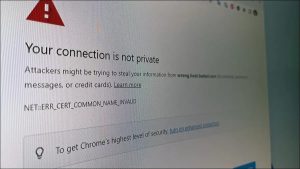Linux distributions normally display the username of the current user in the Terminal as (Username)@ComputerName. If your Linux distribution doesn’t, run “who” or “whoami” in the Terminal to get the username instead. You can use the “w” command to get even more detailed information.
If Linux means anything, it means choice. You can achieve even a simple task like identifying the current user in many ways. This tutorial will show you how to use some of the quickest and easiest methods.
Why would you need to find the identity of the current user? In many cases the owner of the computer is the only user and, without getting too existential, they probably know themselves. Perhaps, but it is also common for people to create additional user accounts to allow family members to have access to the computer. And, if you’re connected to a remote shell on a server somewhere, you may need a quick reminder of the username you’re logged in with. If you see a logged in session with no one in attendance, how do you identify the current user from the command line?
[mai mult...]
